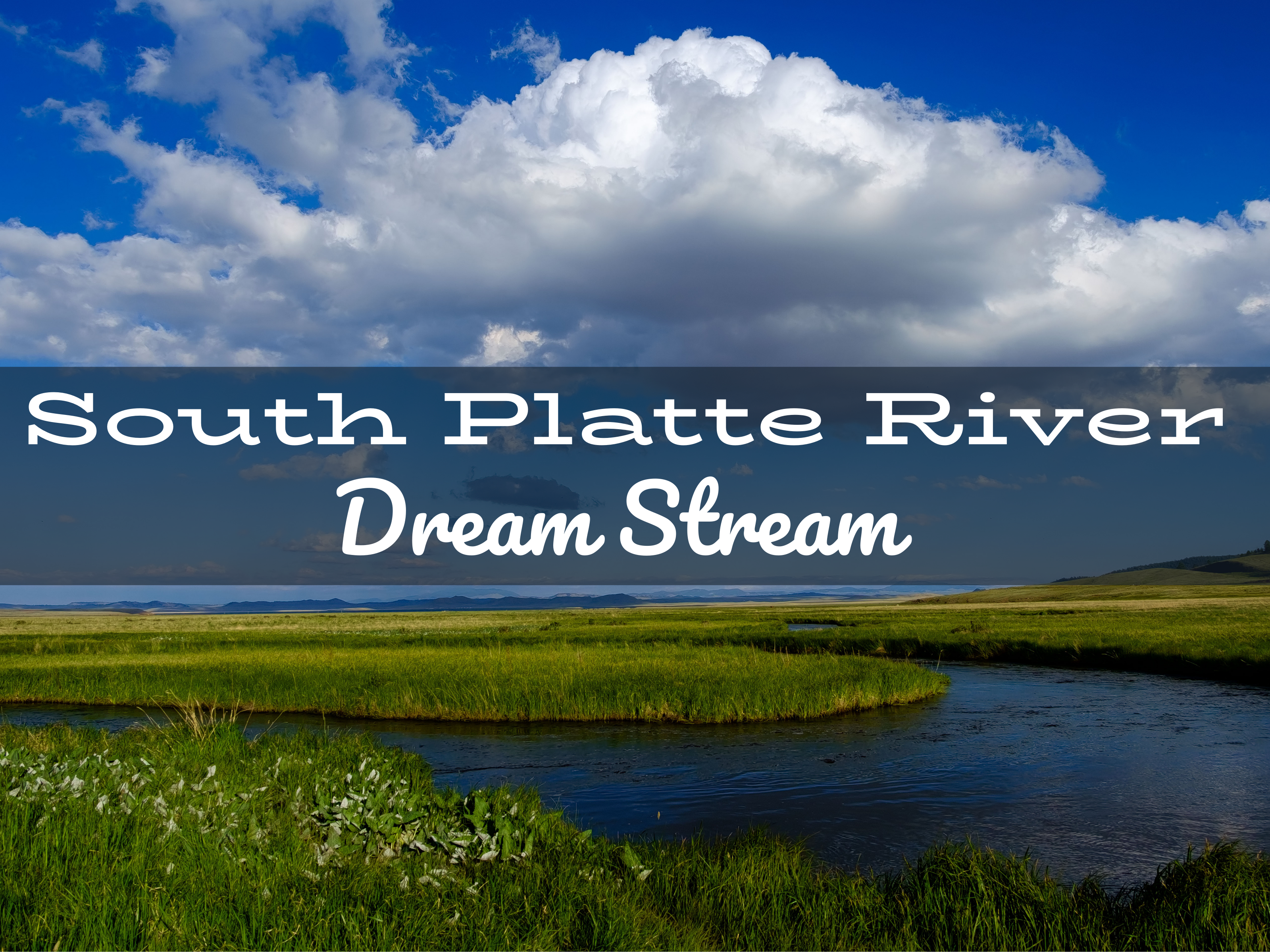In a move that’s equal parts conservation science and old-school justice, Colorado Parks and Wildlife (CPW) is taking bold action to restore what’s been lost: the native cutthroat trout that once ruled Colorado’s high-alpine streams.
For over a century, non-native species—brook trout, brown trout, and rainbows—have been crashing the party in fragile headwater ecosystems where they never belonged. They’ve outcompeted, interbred, and all but erased Colorado’s native cutthroat populations. Now, CPW is flipping the script.

The Plan: Clear the Waters, Bring Home the Natives
CPW is currently reintroducing the greenback cutthroat trout—a species once thought extinct—back into its historical range in places like the Collegiate Peaks Wilderness. But first, they’ve got to remove the aquatic squatters.
Using a naturally derived compound called rotenone, CPW biologists temporarily eliminate non-native trout from targeted alpine lakes and streams. This gives the native cutthroat a clean slate—no competition, no hybridization, no interference.
Once the water is cleared and safe, pure-strain greenbacks—meticulously bred in CPW hatcheries—are stocked back into the ecosystem. These aren’t your average hatchery fish either. CPW’s greenbacks are genetically verified descendants of the last remaining wild population found in Bear Creek near Colorado Springs.
Why It Matters: More Than Just a Fish Tale
Restoring native cutthroat is about more than nostalgia or a pretty fish photo—it’s about biodiversity, ecosystem resilience, and honoring Colorado’s natural history. Each lineage of cutthroat trout—the greenback, Colorado River, Rio Grande, and Colorado River headwaters strains—evolved in distinct drainages over thousands of years. That local adaptation matters.
Healthy populations of native trout support aquatic insects, riparian plants, birds, and even bears. And from a human perspective, they offer something the stocked pond never will: a chance to experience true wild Colorado.
What It Means for Anglers
Yes, some streams will be temporarily closed. Yes, that alpine lake you were planning to fish might be part of a recovery zone. But don’t pout. This is part of the long game.
Soon, those same waters will be home to wild, native cutthroat trout—fish that are smarter, scrappier, and far more rewarding to catch. You’re not just fishing; you’re connecting with something ancient, rare, and deeply Colorado.
So tip your hat to CPW, leave the pitchforks at home, and maybe—just maybe—tie on a barbless dry and chase some history.
.png?width=300&height=100&name=Copy%20of%20Rise%20Beyond%20Logo%2012.31.24%20(300%20x%20100%20px).png)
.png)

